I'm having a hard time understanding why one couldn't measure the inductance of a coil using a simple multimeter capable of measuring AC voltages and currents:

simulate this circuit – Schematic created using CircuitLab
The total series impedance could be expressed as:
$${Z=R+R_L+\omega L}$$
EDIT: given the 90 degrees phase difference, the correct formula is:
$$Z=\sqrt{(R+R_L)^2+(\omega L)^2}$$
Now, if I'm not mistaking, the same impedance can be expressed as the ratio between the measured effective AC voltage and current, V and I (as complex values):
$$Z=\frac{V}{I}$$
We can then obtain L as:
$$L=\frac{V/I-(R+R_L)}{2\pi f}$$
EDIT: the correct formula is:
$$L=\frac{\sqrt{(V/I)^2-(R+R_L)^2}}{2\pi f}$$
In conclusion, by measuring the AC voltage, current, coil DC resistance and by choosing a well known external resistor, we could find out the coil inductance.
Am I mistaking? If yes, where? If no, why all google searches for "measuring inductance" present more complex methods involving function generators, oscilloscopes and phase-shifting?